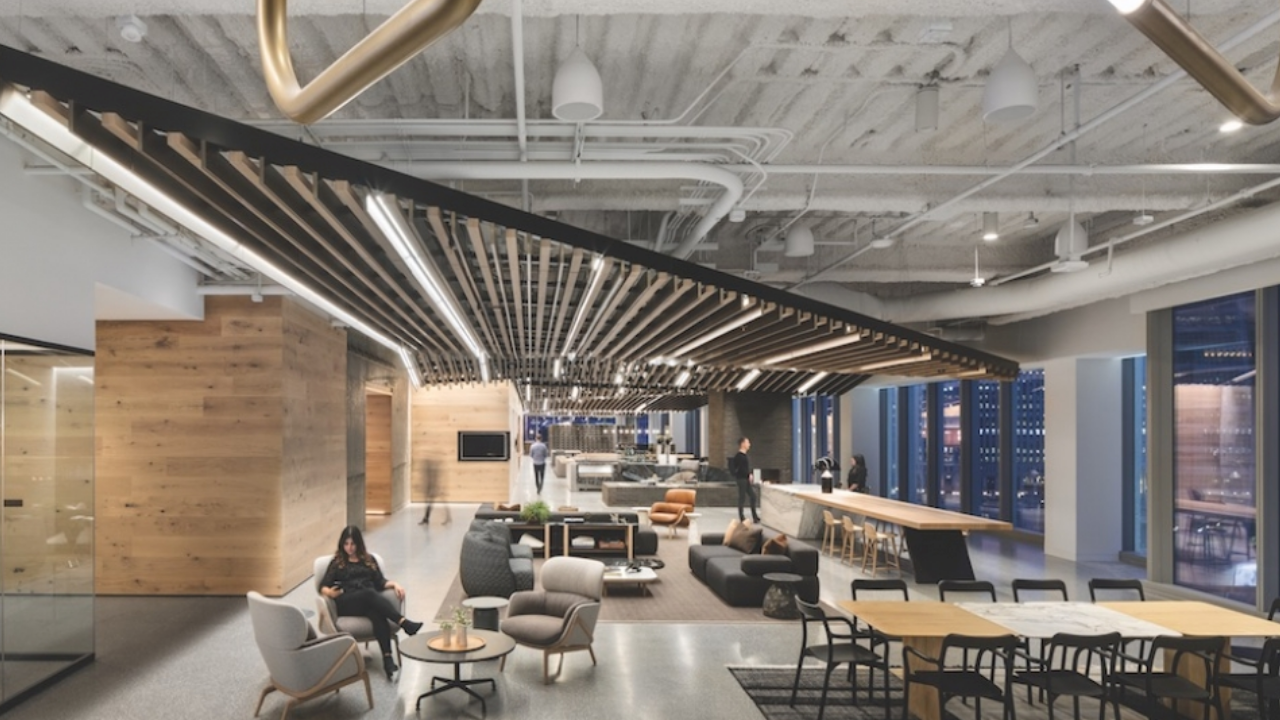The commercial space wellness movement has recently come into focus thanks to the International WELL Building Institute’s certification program (IWBI), the WELL Building Standard, has caught traction.
Owner-occupiers are increasing the inclusion of active stairways, biophilia and other practices as another way to attract and retain younger employees who prioritize healthy work environments.
“We pride ourselves on creating unique places to live and work, and today the appropriate focus is on people inside these spaces and how their health is affected,” said Charlie Kuntz, Innovation Officer of real estate and development firm Hines.
Hines has long supported IWBI and was a founding member of its WELL Living Labs, a sector that studies how indoor environments can boost health and wellbeing.
The spike in demand for wellness in the workplace most likely has to do with the insurmountable evidence linking productive workplaces with public exposure of research on the topic.
A study released by global real estate service provider Stok scrutinized the lack of wellness research that could calculate the financial benefits. Research such as this “touched on the Holy Grail which joined research with practice,” according to Rachel Gutter, IWBI’s President.
As more developers and owners embrace wellness, it leaves the importance of certification up in the air. Some see WELL and Fitwel certifications as being like badges, but as wellness becomes a standard in spaces, firms will less likely depend on them.


 Dr. Gleb Tsipursky – The Office Whisperer
Dr. Gleb Tsipursky – The Office Whisperer Nirit Cohen – WorkFutures
Nirit Cohen – WorkFutures Angela Howard – Culture Expert
Angela Howard – Culture Expert Drew Jones – Design & Innovation
Drew Jones – Design & Innovation Jonathan Price – CRE & Flex Expert
Jonathan Price – CRE & Flex Expert











